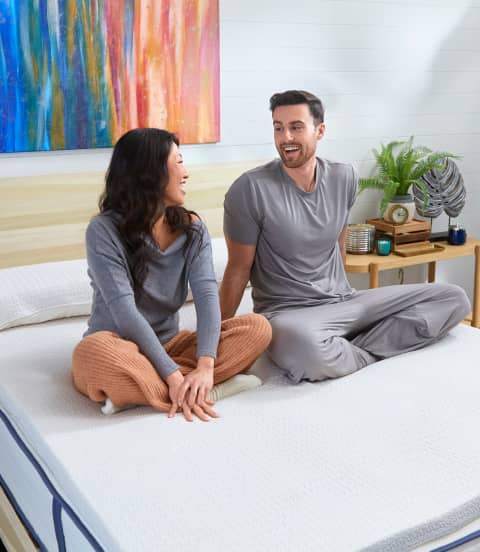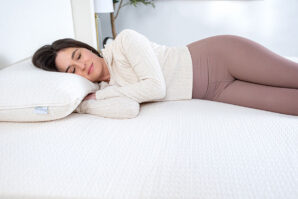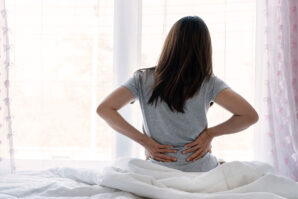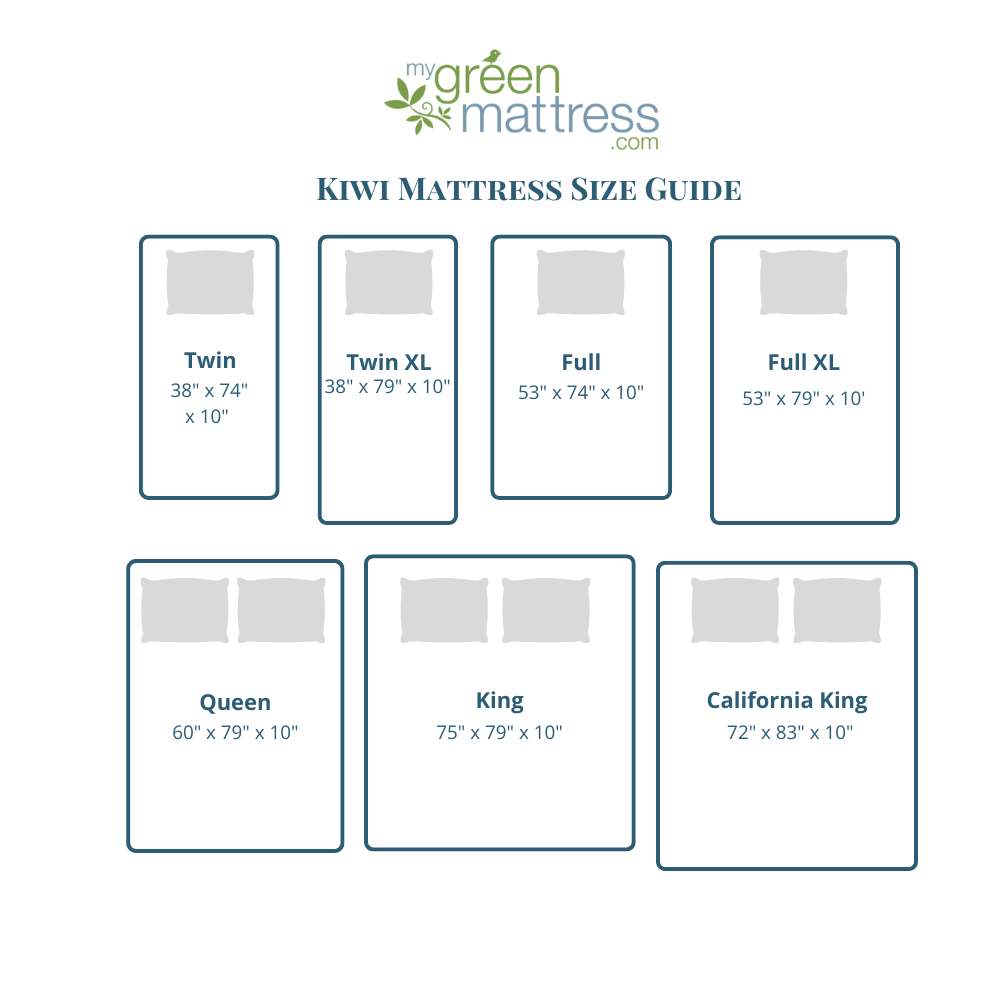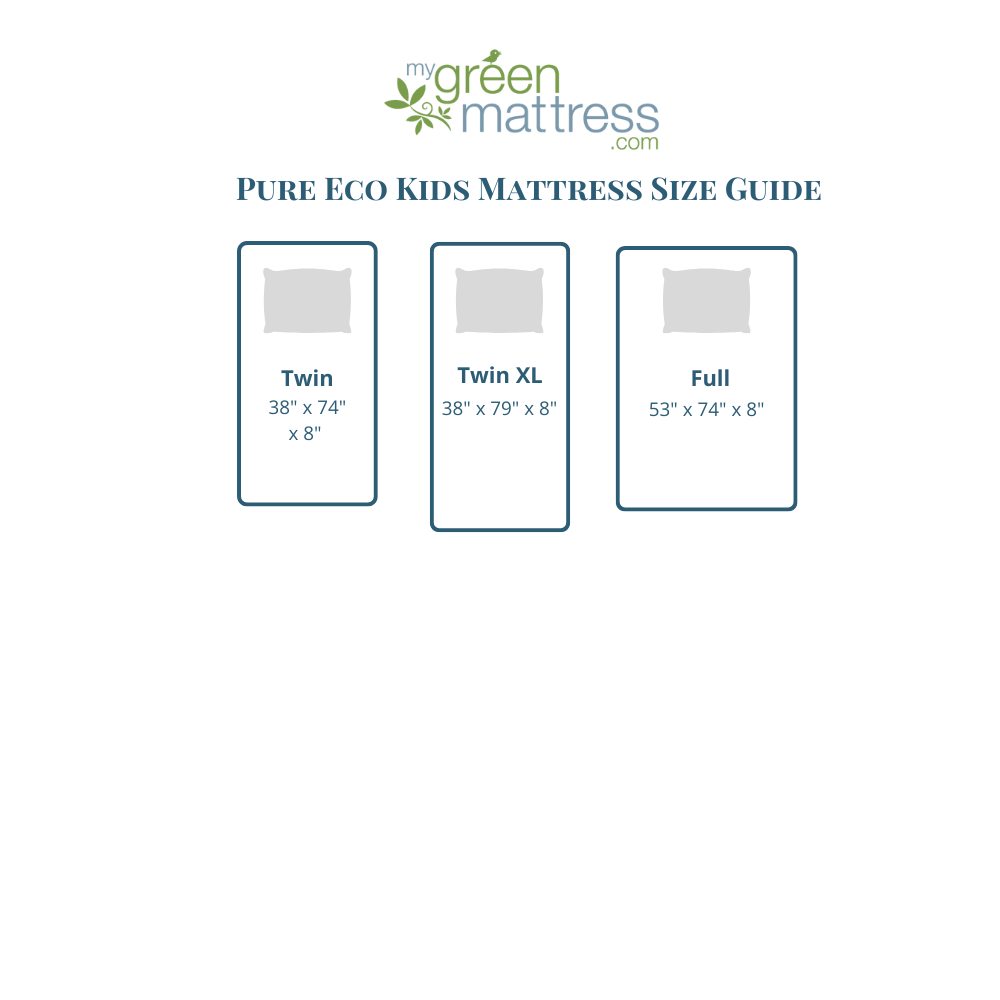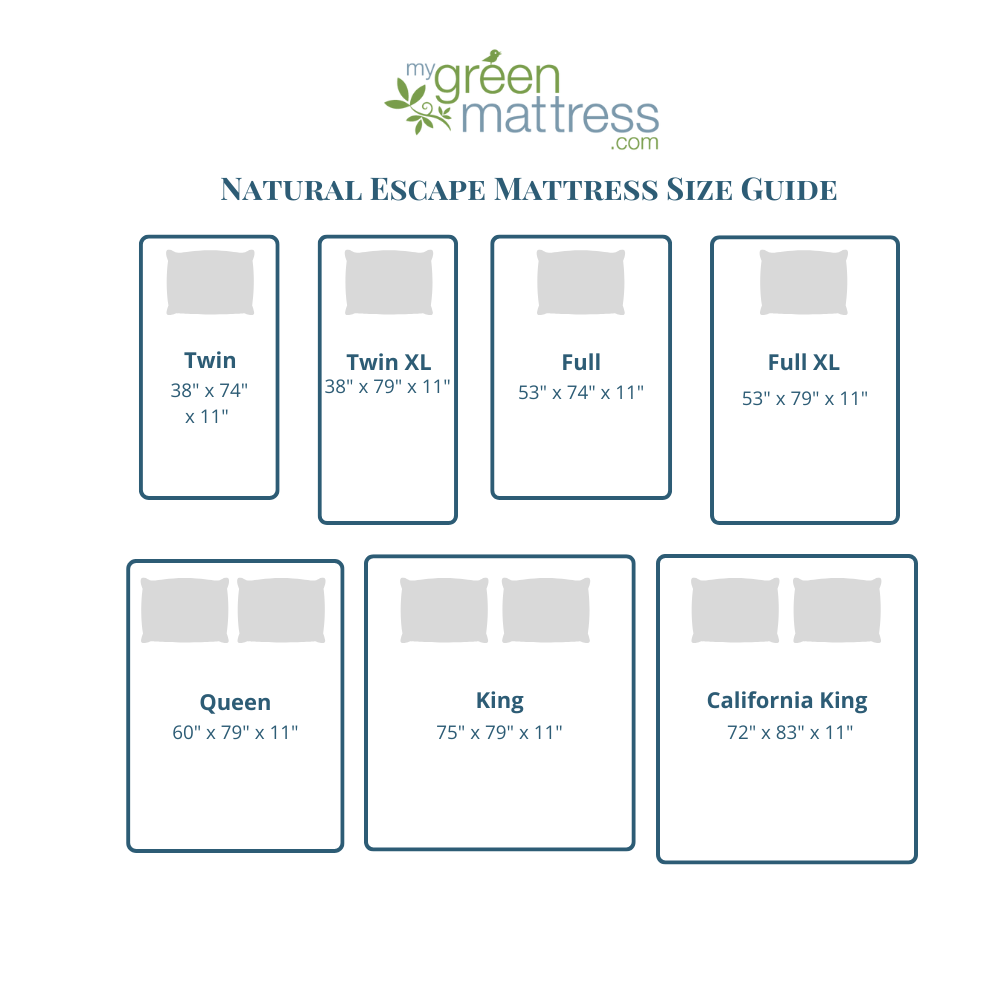As anyone who has suffered from insomnia can easily tell you: sleep has a huge impact on our health and wellbeing. Start messing with your sleep patterns and you start to see the impact on your physical and mental health. So how can we ensure that we’re getting the best sleep possible?
While many factors influence the quality of our sleep, one of the most significant is light. The relationship between light and sleep is a complex and fascinating one. In this article, we will explore how light affects sleep and offer insights into how you can optimize your sleep environment for a better night’s rest.
Our Circadian Rhythm
Our bodies are governed by a natural internal clock known as our circadian rhythm. This biological clock regulates the sleep-wake cycle and is influenced by external cues, the most potent of which is light. The circadian rhythm ensures that our bodies are in sync with the day-night cycle, allowing us to feel alert during the day and sleepy at night.
Exposure to natural light during the day helps to maintain a healthy circadian rhythm. In the morning, sunlight signals to the body that it’s time to wake up and be alert. Conversely, in the evening, the absence of natural light triggers the production of melatonin, a hormone that promotes sleep. This daily pattern is crucial for a well-regulated sleep cycle.
Pro Tip – Get Outside and Soak in the Sun in the Morning
When you wake up, take a short walk outside first thing or just after your coffee. Getting a bit of sun in your eyes will help regulate your sleep pattern. Not to mention that moving your body is beneficial too!
Artificial Light and Sleep
In our modern, technology-driven world, exposure to artificial light, particularly in the form of screens (e.g., smartphones, tablets, and computers), has become a pervasive issue. The blue light emitted by these devices can be disruptive to our sleep patterns. Blue light is especially problematic because it has a short wavelength and can suppress the production of melatonin, making it more difficult to fall asleep.
The regular use of screens before bedtime can delay the onset of sleep, reduce the total amount of sleep, and lead to poor sleep quality. To mitigate this, it is advisable to limit screen time in the evening and use “night mode” settings on your devices, which reduce the amount of blue light emitted.
The Impact of Light on Insomnia
Insomnia, characterized by difficulty falling asleep or staying asleep, is a common sleep disorder affecting millions of people. For those suffering from insomnia, the relationship between light and sleep is particularly crucial. Exposure to light during the night, whether from streetlights, electronic devices, or even a glowing alarm clock, can exacerbate insomnia symptoms.
Creating a dark and tranquil sleep environment is essential for people with insomnia. This may involve using blackout curtains, covering or dimming any LED lights, and minimizing light exposure before bedtime. By reducing light interference, individuals with insomnia can significantly improve their sleep quality.
Light Therapy for Sleep Disorders
While excessive light exposure at night can disrupt sleep, controlled light exposure during the day can be a valuable tool for addressing certain sleep disorders. Light therapy, also known as phototherapy, involves exposure to specific types of artificial light to treat conditions like seasonal affective disorder (SAD) and circadian rhythm sleep disorders.
For individuals with SAD, exposure to bright, full-spectrum light sources in the morning can help alleviate depressive symptoms and regulate their circadian rhythm. Similarly, people with circadian rhythm sleep disorders, such as shift workers or those with jet lag, can benefit from carefully timed light exposure to reset their internal clock.
Limited Daylight Hours During the Winter Months
With shorter daylight hours and less exposure to natural light, your body’s circadian rhythm and sleep patterns can be disrupted. Some people can experience Seasonal Affective Disorder, a type of depression that occurs during the winter months. Symptoms include oversleeping and difficulty waking up in the morning.
To mitigate the effects of reduced light during the winter months on your sleep schedule, consider these tips:
- Light Therapy: Use light therapy lamps to simulate natural sunlight in the early morning hours to help regulate your circadian rhythms.
- Regular Sleep Schedule: Maintain a consistent bed time and wake up time even on weekends to stabilize your body’s internal clock.
- Stay Active: Regular physical activity can improve your sleep and boost your mood.
- Limit Screen Time: Turn off the screens including phones, tvs and laptops at least an hour before bed as it can interfere with melatonin production.
- Create a Cozy Sleep Environment: Make sure your room is dark, quiet and cool so you can sleep comfortably. Need help getting comfortable? Explore the nontoxic mattresses available at My Green Mattress.
Connecting the Dots Between Light and Sleep
Taking steps to understand the relationship between light and sleep and to optimize your sleep environment can significantly improve the quality and duration of your sleep. To enhance your sleep quality, aim for a sleep-friendly environment that minimizes artificial light–especially blue light from screens–in the evening. Be sure to get lots of natural light exposure during the day, and consider light therapy as a potential solution for specific sleep-related issues. By respecting your body’s natural rhythm and managing your light exposure, you can enjoy more restful and rejuvenating sleep.

